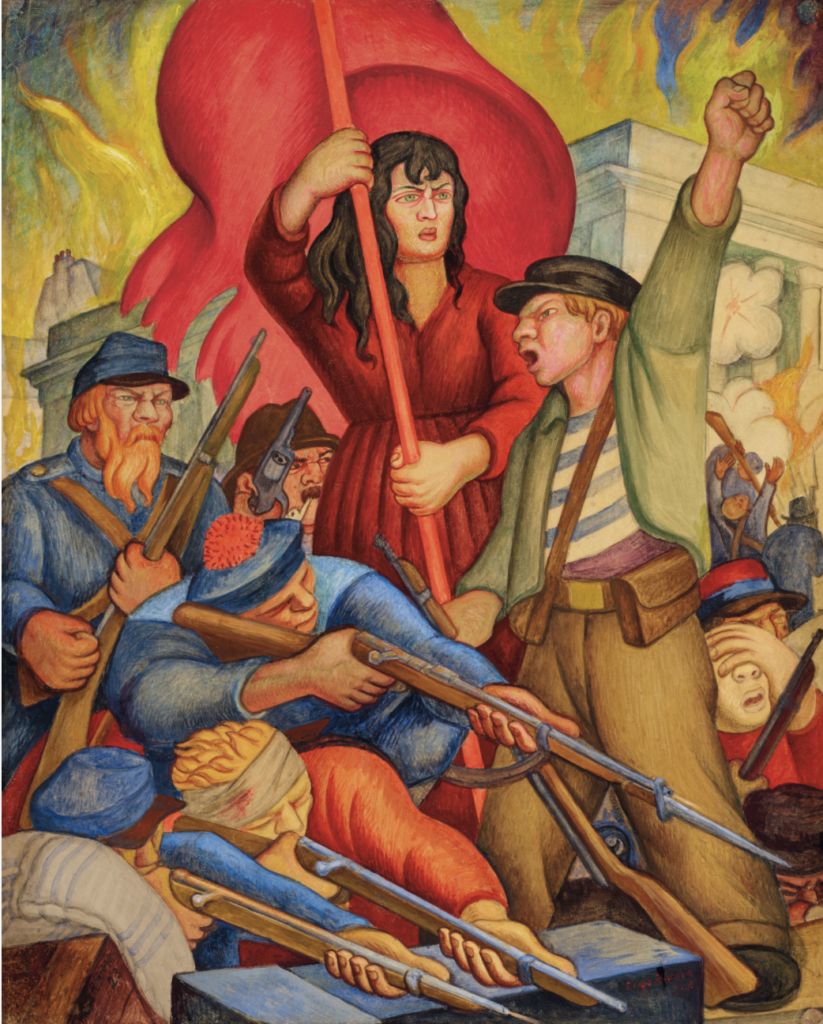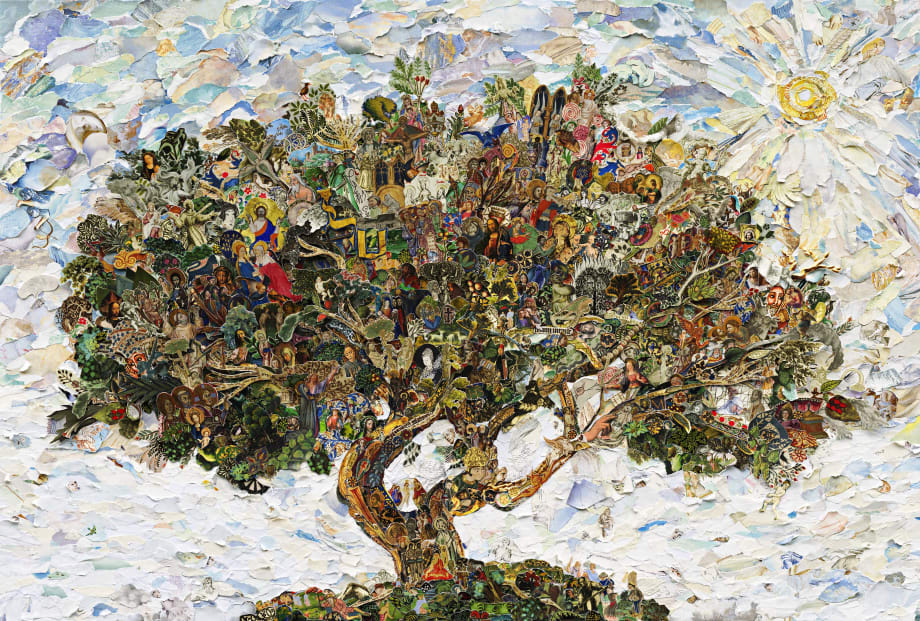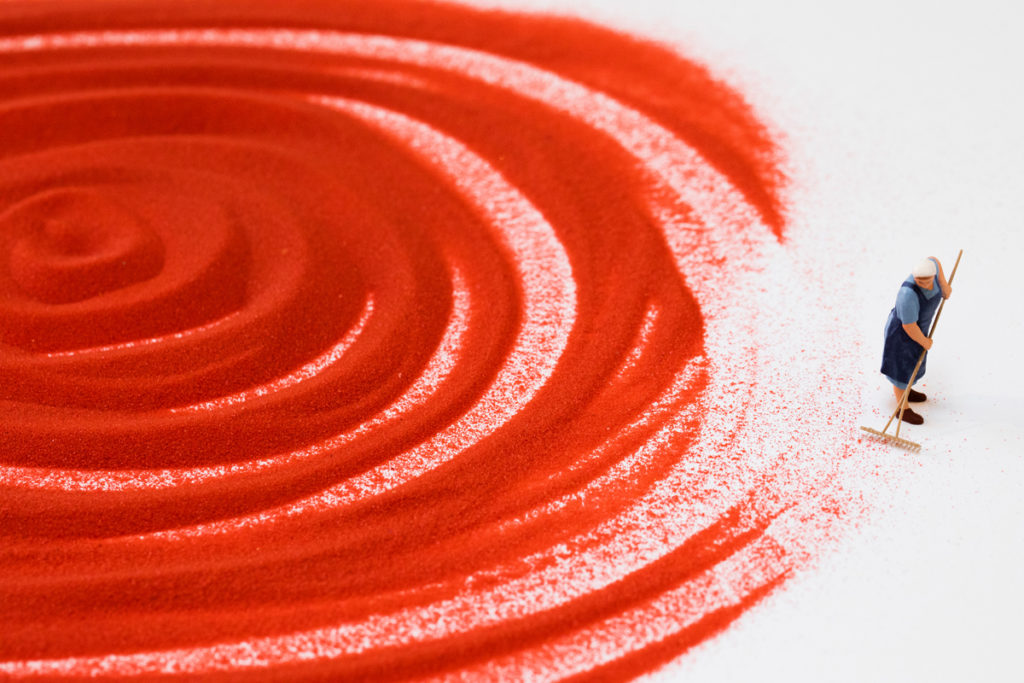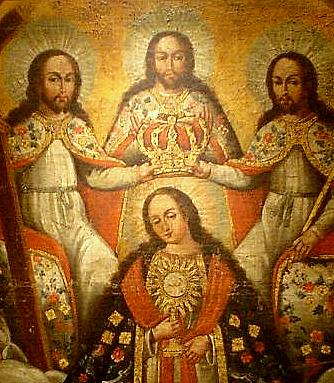Latin American Art Through Centuries
Latin American art is a comprehensive term that includes the art of South and Central America, and the Caribbean, but also art made by Latin American artists living in other regions, for example, Europe and North America. Apart from being defused to almost all continents, Latin American art also has a long tradition, going deep into the past to the colonial times. It’s not a surprise, that Latin American art is a very wide term encompassing many different artistic genres, styles and movements.
Check our upcoming events selected for you:
The Colonial Period
During the colonial period, the indigenous artistic practices are becoming increasingly influenced by European art brought by the colonizers. This period is characterized by artworks evocative of European baroque paintings featuring a variety of religious topics. The influence of French, Dutch, Spanish, Portuguese, and other European artists, has resulted in the creation of a style known as Indochristian art.
Most noted artists from this period came from Peru, where a celebrated Cuzco School was established. Cusqueño painters are known for their bold portrayal of religious subjects. They were painted with yellow, red and earth tones, and many lavishing gold leaf reminiscent of Byzantine, Flemish or Italian renaissance art. However, unlike their European counterparts, Cusqueño painters used brighter colours and distorted images, as well as native Latin American flora in the background, to add a dramatic effect to their works. The movement expanded to today’s Bolivia and Ecuador.
The casta painting movement from the 18th century illustrated the racial hierarchy of the time and was characteristic of Mexico. Painted on multiple canvases, these large-scale artworks usually depicted a family where the father was of one casta, the mother of another and the child of a third racial category. These paintings were the first secular art form made during the colonial period in Latin America.
Modernism in Latin American Art
In the early 20th century, some artists rejected classical art styles and embraced modernism. Just like the colonial-influenced art before, modernism also came from the West. Brazil had one of the strongest modernist movements that flourished after 1922 Modern Art Week, a festival that brought the first modern artworks to the country. At the same time, some artists embraced Constructivism as an art style originating from Russia. Uruguayan painter JoaquÃn Torres GarcÃa, for instance, developed a style of his own dubbed Constructive Universalism intending to discover a universal structural unity, by employing abstraction. His most important works feature loose grids filled with symbols like the sun, house, human figure etc.

Mexican Muralism
Mexican Muralism is one of the most popular art styles originating from Latin America. Pieces created by prominent Mexican muralists such as José Clemente Orozco and Diego Rivera hold an important place in art history. José Clemente Orozco is known for his monumental murals painted throughout America, portraying historical motifs like the Mexican revolution, industrial development and suffering or the common people.
Diego Rivera, made social-realism-inspired politically charged murals, paying tribute to Mexican revolutionaries, and indigenous Mexican culture, but also to Marxism, labour force and progress. Mexican muralism is one of the most influential art styles originating from Latin America, as both Orozco and Rivera reached worldwide fame by working extensively in North America, the US and Europe.
Surrealism
The other art style that flourished in Mexico is surrealism, particularly works of Frida Kahlo, Mexican painter and Diego Rivera’s wife. Unlike her husband, who portrayed political and historical issues, Frida’s paintings were intimate tales that questioned race, class, identity and chronic pain she was suffering from. Her works, mixing realism, symbolism and surrealism, combined Mexican popular culture and naïve folk-art. Colourful portraits were packed with symbols including birds and black cats, (evocative of good and bad luck), various symbols of physical pain (including arrows, thorns, nails, etc.) and monkeys (which symbolised children she was never able to have).

Contemporary Art
Contemporary Latin American art is as interesting and as exciting as ever. Artists from Latin America like Doris Salcedo and Vic Muniz have managed to get global recognition.
Vic Muniz is one of the most renowned Latin American artists of today. His photographs and mixed media artworks have a strong environmental undertone, as the artist uses everyday items from peanut butter to trash to recreate famous works of art (for example, Andy Warhol’s celebrated Double Mona Lisa). Another one of his obsession is making portraits from symbolic materials. One of his most renowned projects consists of photographing trash pickers in Brazil and then recreating their photographs from the trash. The project that aims to raise awareness about poverty in urban environments was immortalised in the documentary Waste Land.
Doris Salcedo, on the other hand, uses simple sculptures and installations to portray complex topics such as trauma, racism, colonialism and political prosecution. Constructed from everyday objects, including furniture, hair, and clothing, her works powerfully portray the gap that’s left when a person is gone. The artist draws inspiration from personal experiences as members of her own family also disappeared in political turmoil in Colombia.
Let’s Have a Chat about Latin American Art
With an abundance of artists and a multitude of influences, Latin American art might be the most versatile art out there. If this blog post inspired you to learn a bit more about Latin American art, make sure to join our Nuances of Latin American art talk, where we’ll discuss both the history of the genre, as well as hot new artists who are creating ground-breaking works in the 21st century.
Join our talk on ‘Nuances of Latin American Art’ – register online today! RSVP ->



Leave a Reply